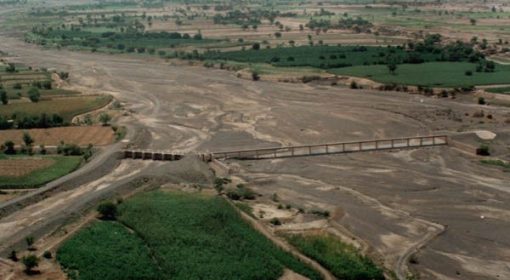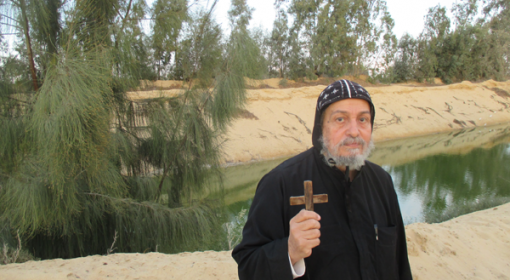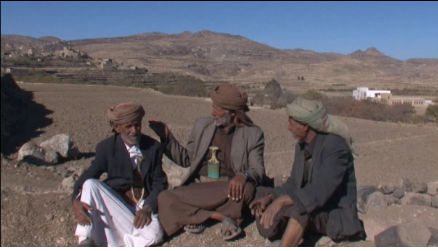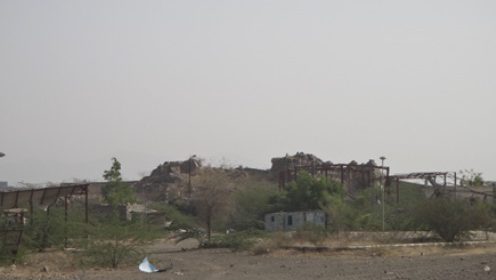posted by Frank van Steenbergen
December 24, 2012
The coming year will be the International Year of Water Cooperation. While there has been much debate on coming ‘water wars’ and there are sordid examples of international conflicts, there is a much larger amount of cooperation fortunately – especially at local level where people know each other and are friends, neighbours and fellow human beings.
It seems that at the local level that ‘the games big people play’ and strategies of out-manoeuvring others do not work. One of the most shameful things to do is to deny a person the use of water. Giving water is the quintessential act of human kindness. Testimony of this are the open water points in so many cities, placed there by public or private benefactors and hardly ever vandalized.
Here a small tour on the principle of ‘good neighbours’, even from places that (erroneously) tend to be associated with conflicts.
 In Matondoni in coastal Kenya scarce resources bring people together and the system is for people to share. The custom in Matondoni is that when an individual family develops a well it ensures that all community members share in the water (picture on the left). A screen is placed on top of the well and separates the private half of the well from the other, public, half, that can be used by everybody.
In Matondoni in coastal Kenya scarce resources bring people together and the system is for people to share. The custom in Matondoni is that when an individual family develops a well it ensures that all community members share in the water (picture on the left). A screen is placed on top of the well and separates the private half of the well from the other, public, half, that can be used by everybody.
 Similarly in the town of Kasala in the semi-arid eastern part of Sudan the tradition is that shopkeepers freely provide water to passers-by. Water is stored in pitchers along the road and provided to itinerant traders driving donkey carts or horse wagons, who stop en route from surrounding villages to the city market (on the right).
Similarly in the town of Kasala in the semi-arid eastern part of Sudan the tradition is that shopkeepers freely provide water to passers-by. Water is stored in pitchers along the road and provided to itinerant traders driving donkey carts or horse wagons, who stop en route from surrounding villages to the city market (on the right).
In Yemen, the heavy use of groundwater has been a big concern and worries on the finiteness of water resources are large. But it is too easy to assume that scarcity leads to conflict. There is a surprising amount of cooperation on groundwater usage with a large number of villages somehow having come to agreement on the development of wells and the use of groundwater. In the village of Wadi Dhelaa for instance farmers have connected all wells into a single pipe network. One advantage is that if one well is out of order agricultural users have the assurance that they can take water from a more remote well. At the same time, rules have been put in place not to develop any new wells – so as to stop overuse. What is equally impressive in Wadi Dhella is that the common wells are used to supply water for domestic use all over the village. There are about 200 house connections and several public stands. The system is entirely developed and administered locally.
A last example here concerns Awadi Gitu in the Central Rift Valley Ethiopia. Irrigation water here comes for a few months a year only and the quantity varies from one year to another. The Awadi Gitu system has three small canals that are used to cultivate potatoes, onions and pepper. A system of land distribution is in place to ensure that all 210 households in the village have access to irrigated land. What is done is that first the total area to be irrigated is assessed by judging the flow in the river in the given year. A decision is taken whether each household will irrigate one-eight or one-fourth of hectare. The land used for irrigation in Awadi Gitu is actually owned by a small number of households but in the irrigation season each of the 210 households in the village is given an equal temporary share in the land. The original land owners will give access to their land to others – sometimes against a small payment but in most cases as a service to relatives and neighbours.
With the year of International Water Cooperation ahead of us it is hoped that these and so many other examples can inspire us. For starters, we can think of ourselves as neighbours rather than upstream or downstream people.

{jcomments on}



